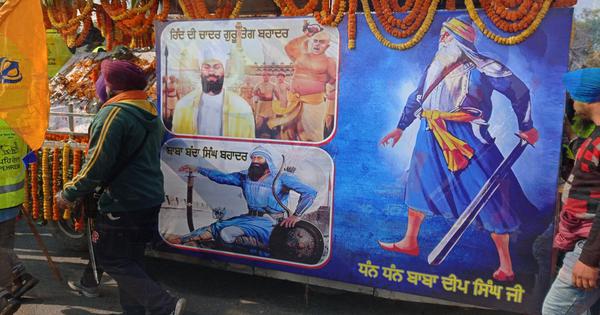“Our ancestors have charged this fort several times in history,” said Diljender Singh, standing on the ramparts of the Red Fort. “This was a message to the government that we can do it again and more than this if our demands are not met.”
Unruly mass movements are not new in India. However, even by that standard, what happened on Tuesday was unique as farmers, most of them from Punjab, entered the Red Fort in Delhi to protest against Narendra Modi government’s hastily and controversially passed farm laws. Some protesters even used an empty flag pole to hoist the Nishan Sahib, the flag of the Sikh Khalsa.
Built by Mughal Emperor Shahjahan as his capital in 1638, the Red Fort probably does more to signify the Indian state than any other structure in the country. It has been a key part of the freedom movement and, once the British left, the site of critical state functions like the prime minister’s Independence Day speech.
The symbolism of the protest reaching…
